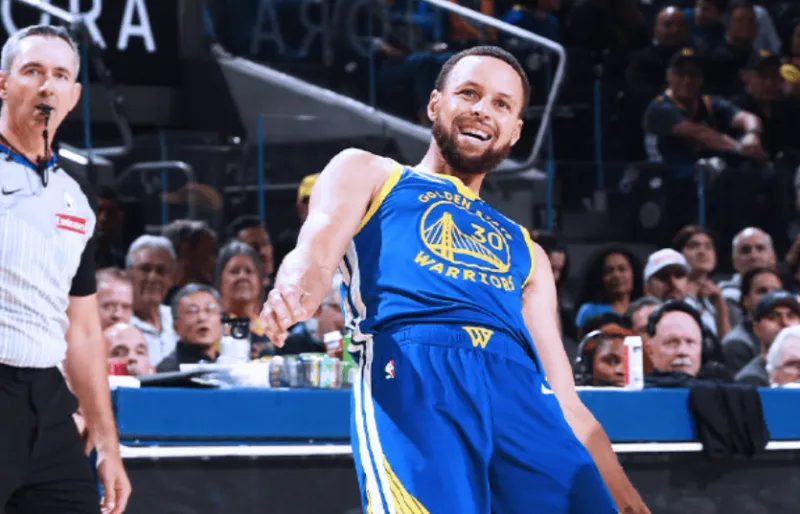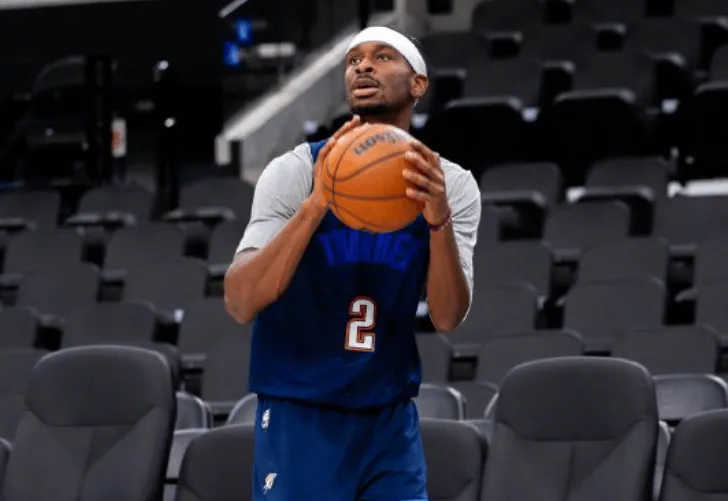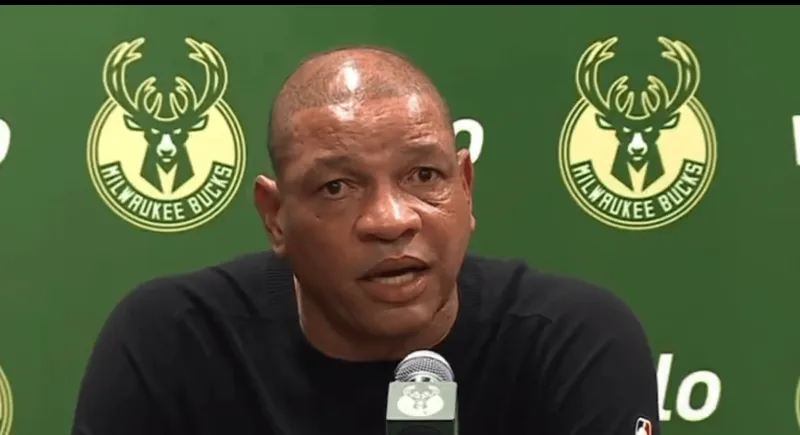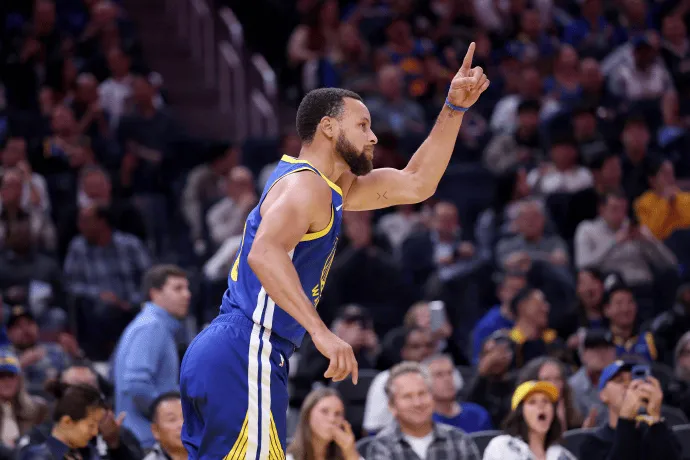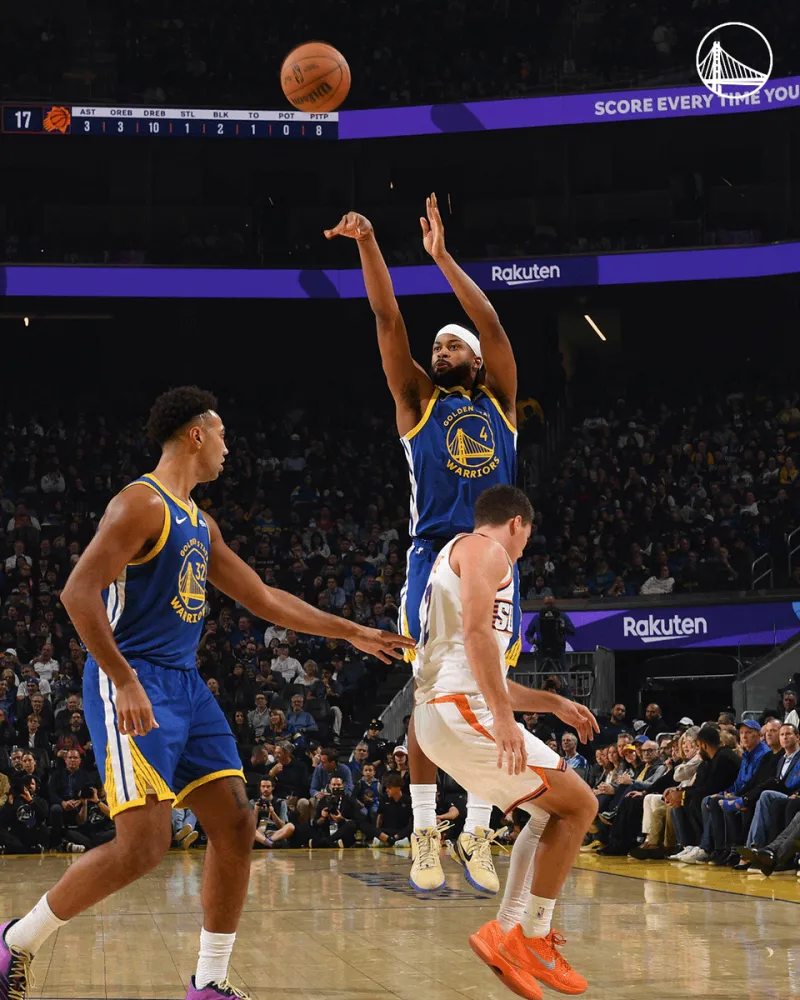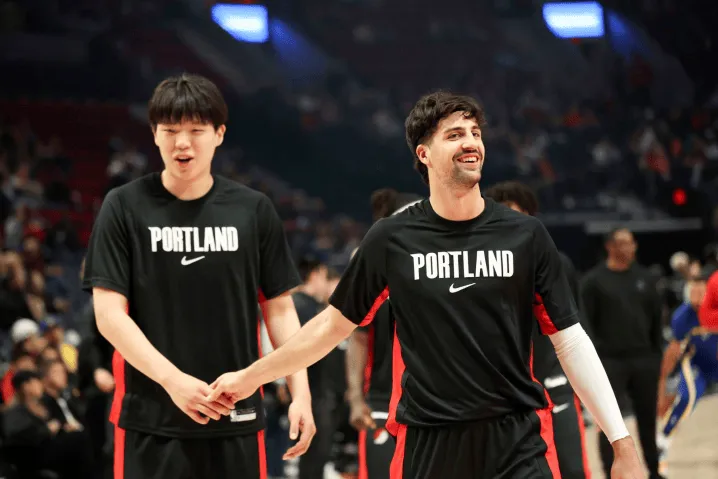
October 23rd: In today's NBA regular season opener, the Trail Blazers lost 114-118 to the Timberwolves at home.
Trail Blazers player Hansen Young came off the bench for 5 minutes and 16 seconds, shooting 0 for 1 from the field and 2 for 2 from the free throw line, scoring 2 points and 1 rebound, with a plus-minus of -5.
After the game, Su Qun posted on social media: "Hansen struggled to show his strengths early in the season, and Billups won't give him many opportunities."
The original text is as follows:
In Yang Hansen's NBA regular season debut, the Trail Blazers were defeated 114-118 at home by the Timberwolves. The team didn't win, and Hansen didn't have a breakout performance; his performance was lackluster.
He played for only 5 minutes and 16 seconds and didn't play in the second half. He took one shot, scored two points from free throws, and had one rebound and one foul. His playing time was low, and his stats were dismal. Newcomers to the NBA need to show their strength, and Yang Hansen was no exception.
With 6 minutes and 6 seconds left in the second quarter, Timberwolves forward McDaniels received a pass from Edwards, soared through the air, and dunked over Yang Hansen. It was a classic "Welcome to the NBA" move, but Yang Hansen wasn't discouraged. As long as the center was calm, Being dunked on while defending the basket is common, but on his debut, the dunk might have left a particularly deep impression on Yang Hansen.
Yang Hansen was even tricked by Gobert. With 5:40 left in the second quarter, Yang Hansen lost a rebound and was called for a charge. As Gobert reached the free throw line, Trail Blazers head coach Billups made a substitution, replacing Yang Hansen with Klingen. Yang Hansen has been on the bench ever since.
In just under six minutes, Yang Hansen also committed a three-second violation in the paint, a common occurrence for young players. Despite Billups' repeated pregame warnings, Yang still suffered a setback in the intense competition. Even a sophomore like him is a bit of a stretch. Clingen also committed two three-second violations in this game.
If you're expecting a dominating debut from Hansen Yang, or perhaps a rendition of his explosive scoring in the preseason, like the "six-minute miracle," you might be disappointed. If you're just hoping for Hansen Yang to play 15 minutes, scoring in the paint, hitting three-pointers, and showcasing his unique style, you might also be disappointed.
But this is the NBA, a cruel world. The five players left on the court in crucial moments must be the five players the coach believes can win the game. Hansen Yang isn't quite up to par right now.
Looking at Hansen Yang's 5 minutes and 16 seconds without prejudice, his performance was remarkable. His defensive positioning and boxing were spot-on, and compared to the preseason, He runs faster and is more efficient in pick-and-rolls. The lack of field goals stems from a lack of passing.
This is all to be expected. Yang Hansen is a rookie, after all. It's difficult for the coach and players to blindly trust a rookie from across the pond in their first game.
Billups desperately wants to win the opening game, which is why Hansen's playing time is limited. Preseason games suggest Hansen will substitute for Clingen in the first three quarters, with more or less time in the fourth depending on the intensity of the game. But the Timberwolves game was so intense that with 7:30 left in the third quarter, Billups replaced Clingen with Grant. The Trail Blazers were leading by three points, 73-70. With three seconds left in the quarter, Hansen had to go on the court. At 5:58, Sharp shot a free throw, and Billups brought on Klingen again, but the Trail Blazers still led by three points.
Throughout the game, the Trail Blazers led for the majority of the game, but their lead was only eight points at best. Billups didn't dare, and couldn't, bet on Hansen Yang.
The Trail Blazers are now path-dependent, and Billups only trusts two lineups. One starts Klingen with a forward and guard. In the opening game, Kamara started, but Grant, who came off the bench, shot 10-for-14 from the field, scoring a team-high 29 points. The other is a small lineup, with only forwards and guards on the court.
Klingen played 30 minutes in this game, and with Hansen Yang's 5:16, the Trail Blazers played a small lineup for the remaining 12:44. The content is a bit too extreme.
Ultimately, the Trail Blazers want to achieve results in the new season, with the goal of reaching the playoffs or even advancing directly to the playoffs.
In fact, if they hadn't started so poorly last season, they could have made a playoff push. On January 18th, local time, the Trail Blazers were 13-28 after losing to the Rockets. However, after a blowout victory over the Nuggets on March 21st, their record dropped to 32-39. In the 30 games between them, the Trail Blazers were 19-11.
One of the changes was Klingen replacing Ayton in the starting lineup, strengthening rebounding and interior play. After January, the Trail Blazers' defense was in the top five in the league, second only to the Clippers and Thunder in the West. But on offense, The Trail Blazers haven't undergone a fundamental transformation. Their center isn't their offensive core; they're still driven by their guards and forwards.
Achieving results means Billups won't spend extended periods training new players. Klingen's emergence last season wasn't solely due to his own strong performance and positive attitude, but also to the fact that Ayton's playing style didn't satisfy the Trail Blazers coaching staff. Therefore, it's unlikely that Hansen Yang will rise to the same level as Klingen did last year.
Right now, the key for Hansen Yang is to maintain his playing time. Don't worry about the stats; just a few more minutes on the court is a win.
While the opening game isn't a good example, we can roughly conclude that in the first half of the season, Hansen Yang was a low-profile backup to Klingen. The purpose is to give Clingan more rest time. It's difficult for Hexon to showcase his strengths in high-post playmaking, as Billups won't give him many opportunities.
So, Hexon should proceed with a three-step approach. The first step is to focus most of his energy on defense, watching more film, and developing good positioning and boxing skills on defense, rebounding, and shooting open three-pointers on offense to create space for his teammates. The second step is to gradually increase his playing time, aiming to average 12 to 15 minutes per game. The third step is to try to showcase his unique qualities in a particular game, or even several games in a row. A "six-minute Hexon moment" like in the preseason would be a pleasant surprise.
Don't rush, take it one step at a time.


